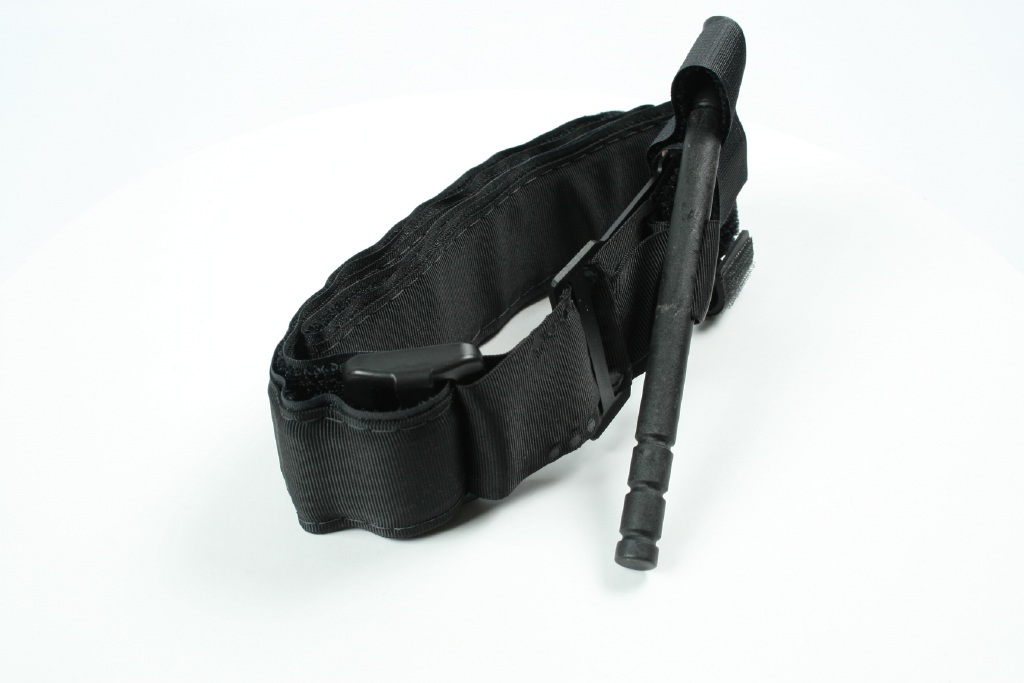Tourniquets are life-saving as they prevent blood loss during an emergency. Unfortunately, they come with serious risks if you don’t properly use them. Wondering what are the dangers of using a tourniquet? Well, there are many of them, with the common ones being:
Nerve damage
Nerve damage comes about due to mechanical pressure and ischemia. In most cases, the damage happens when you apply a lot of pressure on the nerves or leave the tourniquet on the limbs for too long.
Nerves make it possible for the brain to know what is happening in the environment, so when you damage the nerves, you can’t feel pain, pressure, heat or cold on the skin.
In some cases, you suffer from immobility, especially when the nerve damage is extensive.
Muscle damage
Another danger that can come about due to tourniquet use is muscle damage, and it comes about due to prolonged tissue ischemia at or below the tourniquet.
When you leave the tourniquet on for too long, you risk necrosis since the cells don’t receive enough oxygen and glucose necessary to make and use energy.
When you have the tourniquet on for 2-3 hours, all the cell’s energy reserves are depleted, and the body cells die. When you continue wearing the tourniquet, the necrotic tissues rapidly become toxic to the body, and you have to remove them as soon as possible to prevent death.
Reperfusion injuries
These injuries come about when you remove the tourniquet and blood returns to the tissues. This can sometimes worsen the situation by bringing about swelling, which further compromises the fragile body cells.
In the bid to restore balance in the body and remove waste products that might have built up when you had the tourniquet on, the body will send extra blood to the affected areas. The damaged veins, arteries, and tissues might become overwhelmed by large amounts of blood, worsening the injury.
How can you reduce the tourniquet risks?
It’s impossible to completely do away with the risks that come with wearing a tourniquet, but you can reduce them. Some of the ways to do so include:
Use a high-quality tourniquet: There are all types of tourniquets designed to fit all types of budgets, and as you can guess, a cheap tourniquet is of poor quality, so it has high chances of causing injury.
To reduce the tourniquet injury risk, get a high-quality tourniquet. Although the tourniquet will be expensive, it will exert enough pressure on the injured area, so you won’t need to have it on for too long, reducing the risk of necrosis. Would you love to see a top-notch tourniquet? Visit this page.
Note the time you apply the tourniquet: As you have read above, most of the tourniquet risks come from leaving the tourniquet on for far too long.
It’s highly discouraged to leave the tourniquet on for more than 2 hours to ensure that you don’t have the tourniquet on for longer than necessary, make a note of the time you applied it.
When removal time comes, ensure that only an experienced health care provider removes it.